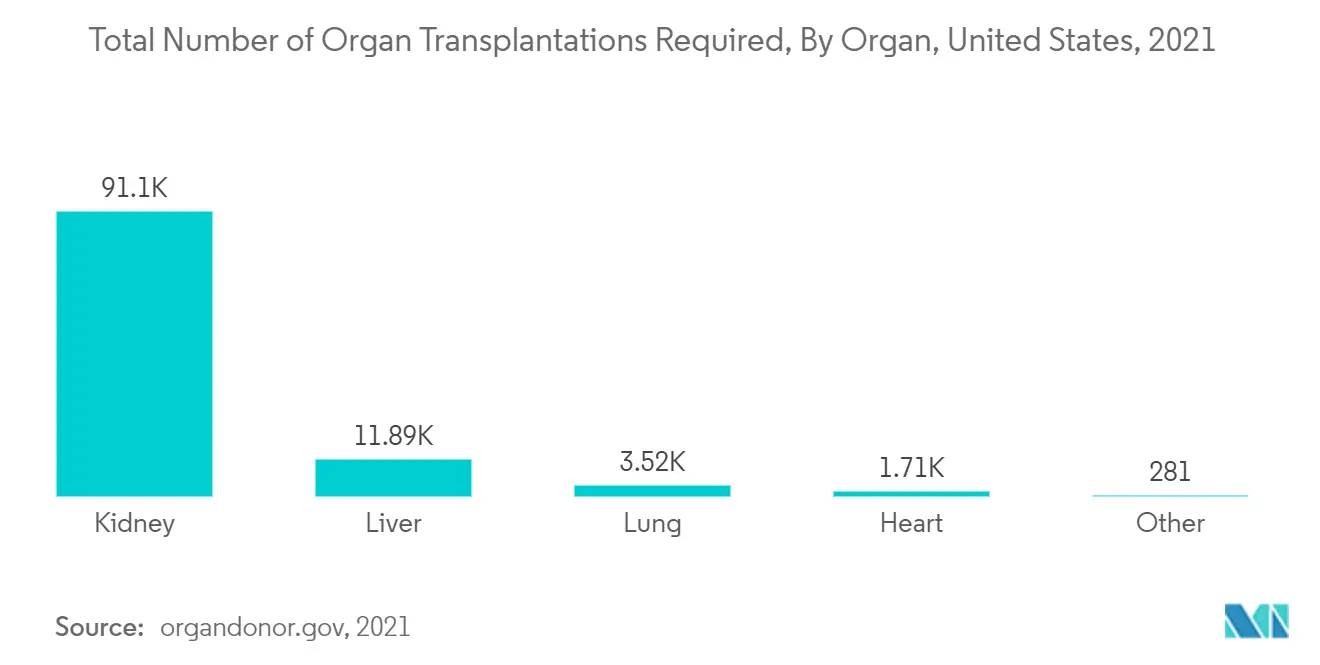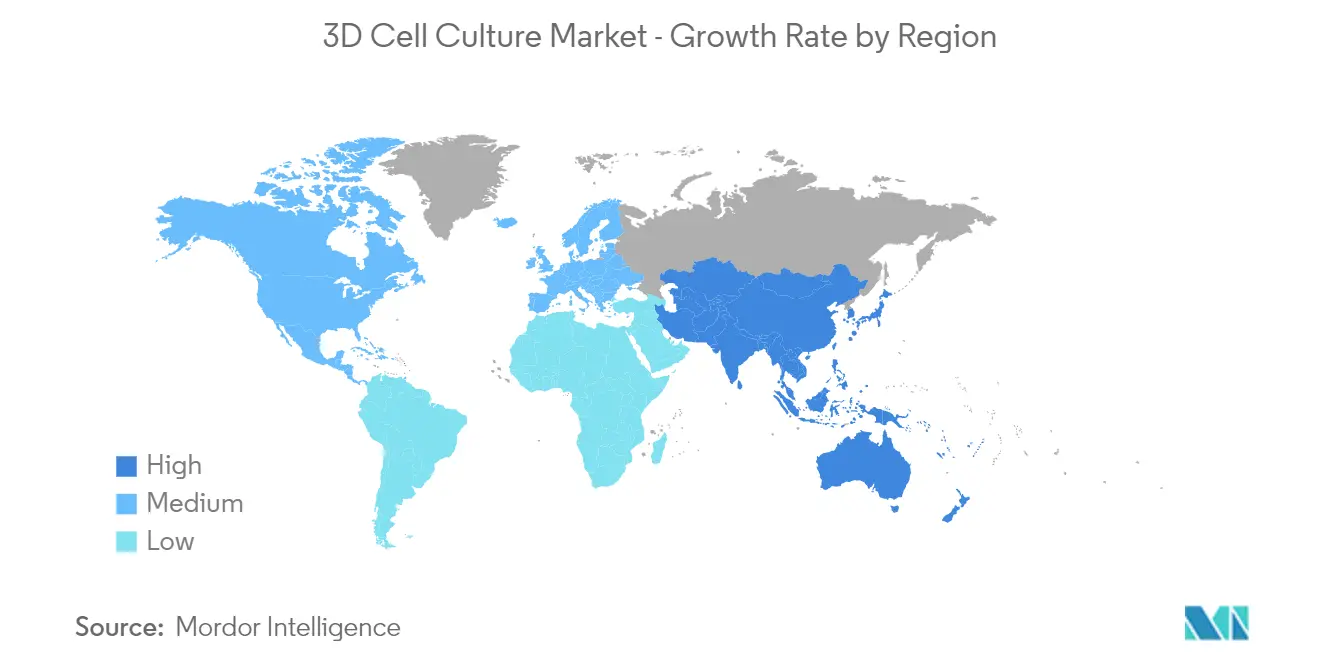Market Trends of Global 3D Cell Culture Industry
This section covers the major market trends shaping the 3D Cell Culture Market according to our research experts:
The Microchips Segment under Product is Expected to see Significant Growth Rate Over the Forecast Period
Microchips are also called organ-on-a-chip or microsystems. Microchips can integrate microfluidic technologies with cells that are cultured within the microfabricated 3D devices, using various techniques from the microchip industry. For instance, the study published in the Analytical Methods in June 2019, titled Integrating 3D cell culture of PC12 cells with microchip-based electrochemical detection, identified that microchip was able to separate and detect dopamine and norepinephrine release. Thus, microchips fabricated with 3D cell culture devices help in the real-time analysis of neurotransmitters boost the segment over the forecast period.
2-dimensional (2D) culture models and animal models have been used for mechanism research and drug development. However, 2D models and animal models cannot mimic the physiology of human tissue in terms of the number of cell types and properties. Thus, conventional models cannot precisely reflect humans and have not been able to accurately predict in vivo responses related to drug treatment. In this regard, many industries have been looking for and developing a new platform to replace animal models or flask cell-culture models, and recently, organs-on-a-chip (OoCs) emerged as an alternative candidate for cell experiments and drug screening.
The main advantage of these chips is that they can be manufactured at a low cost. They allow for testing a wide range of concentrations in the dosage of medicine. This advantage is expected to drive the demand for microchips, primarily to considerably accelerate scientific research. In recent years, there have been innovative uses of organ chip technology for the drug discovery process. For example, in March 2019, the private space exploration company SpaceX announced that it plans to soon launch a Dragon cargo capsule that will contain four microchips embedded with living human cells designed to model various aspects of human physiology. This is expected to speed up analysis and glean insights on human physiology that can be used later for drug development.
As a result, due to the aforementioned advantages and research in microchips, 3D cell culture technologies are expected to drive the market's growth.

North America Captured the Largest Market Share and is Expected to Retain its Dominance
North America dominates the overall 3D cell culture market, with the United States being the major contributor to the market. The United States is focusing on R&D and has been making significant investments in research on 3D cell culture for the past few years. This has resulted in technological advancements in the country. Many American applicants feature among the main patent applicants for the 3D cell culture domain. American applicants tend to develop their technologies in the United States, as well as in Asia.
There have also been huge investments in the bioengineering sector in the United States over the past few years. Bioengineeringinvolves 3D cell culture research too. According to the National Institute of Health, in 2020, the total investment in various bio engineering technologies amounted to USD 5,646, an increase from USD 5,091 in 2019. These factors have augmented the US 3D cell culture market.
Moreover, there is a need to mimic intricate elements of human physiology, pathology, and medication reactions in vitro. There is expected to be a demand for 3D cell cultures as the demand for organ transplantation grows in the region. According to the Canadian Institute for Health Information, in 2021, a total of 3,014 transplant procedures (all organs) were performed in Canada (including Quebec), an increase of 42% since 2010. Thus, all the aforementioned factors are expected to boost the market in the region over the forecast period.


